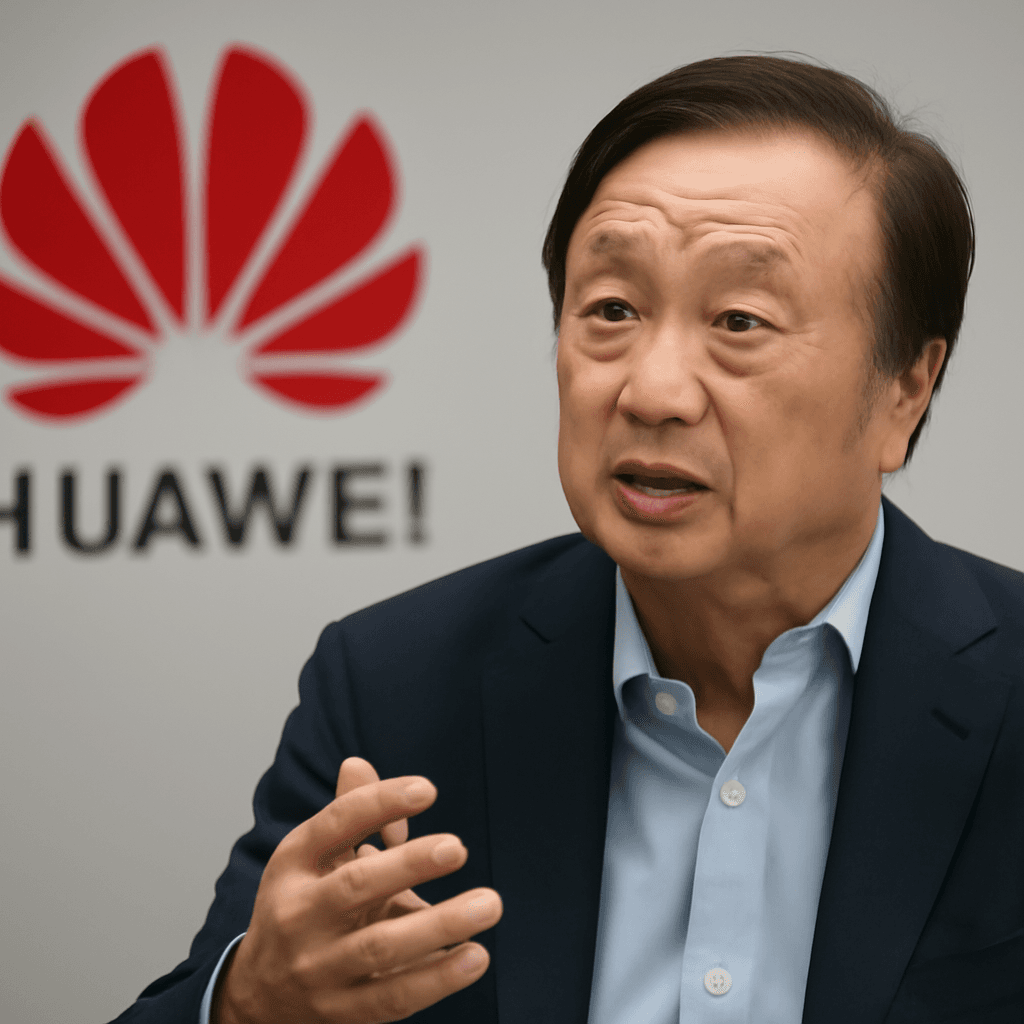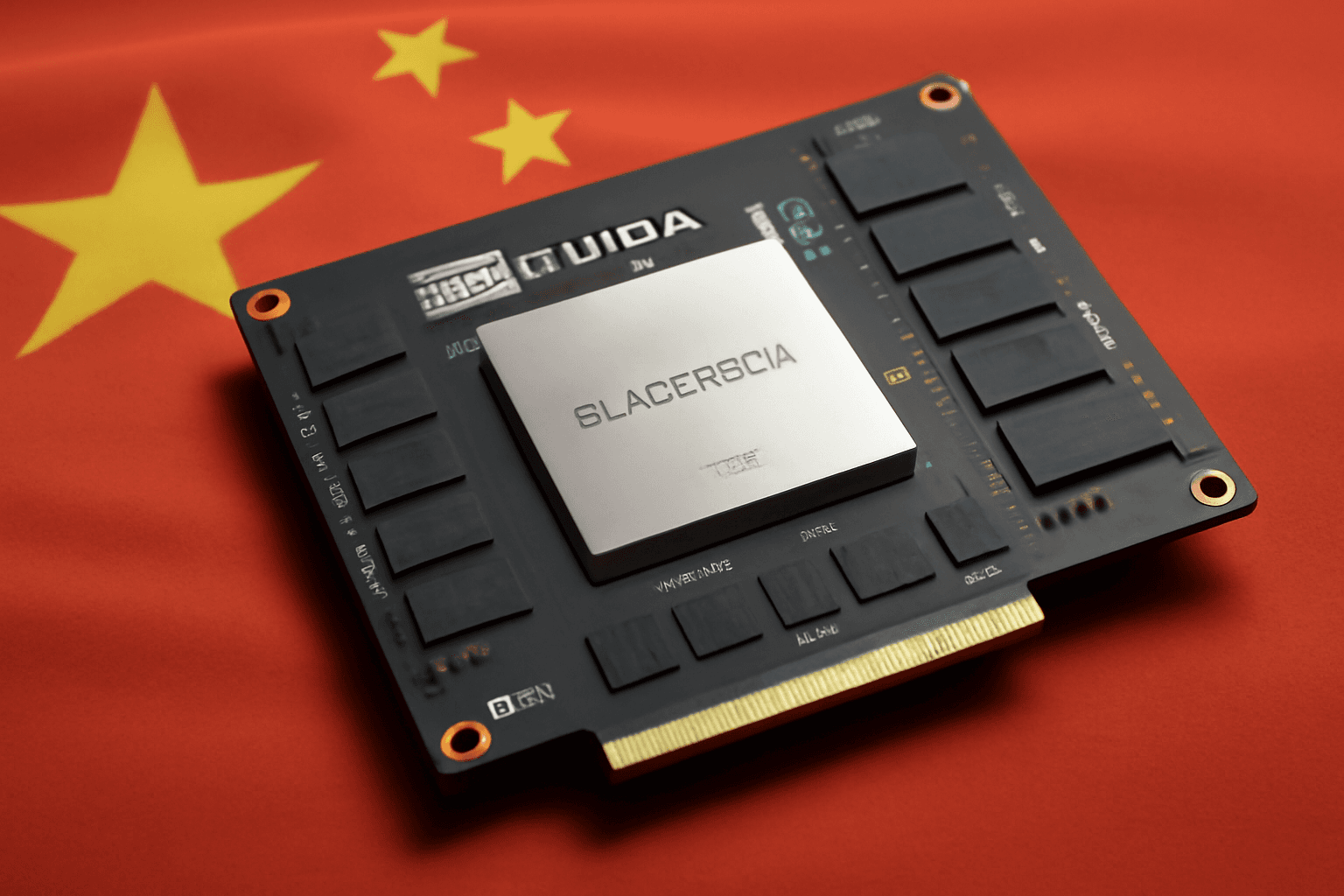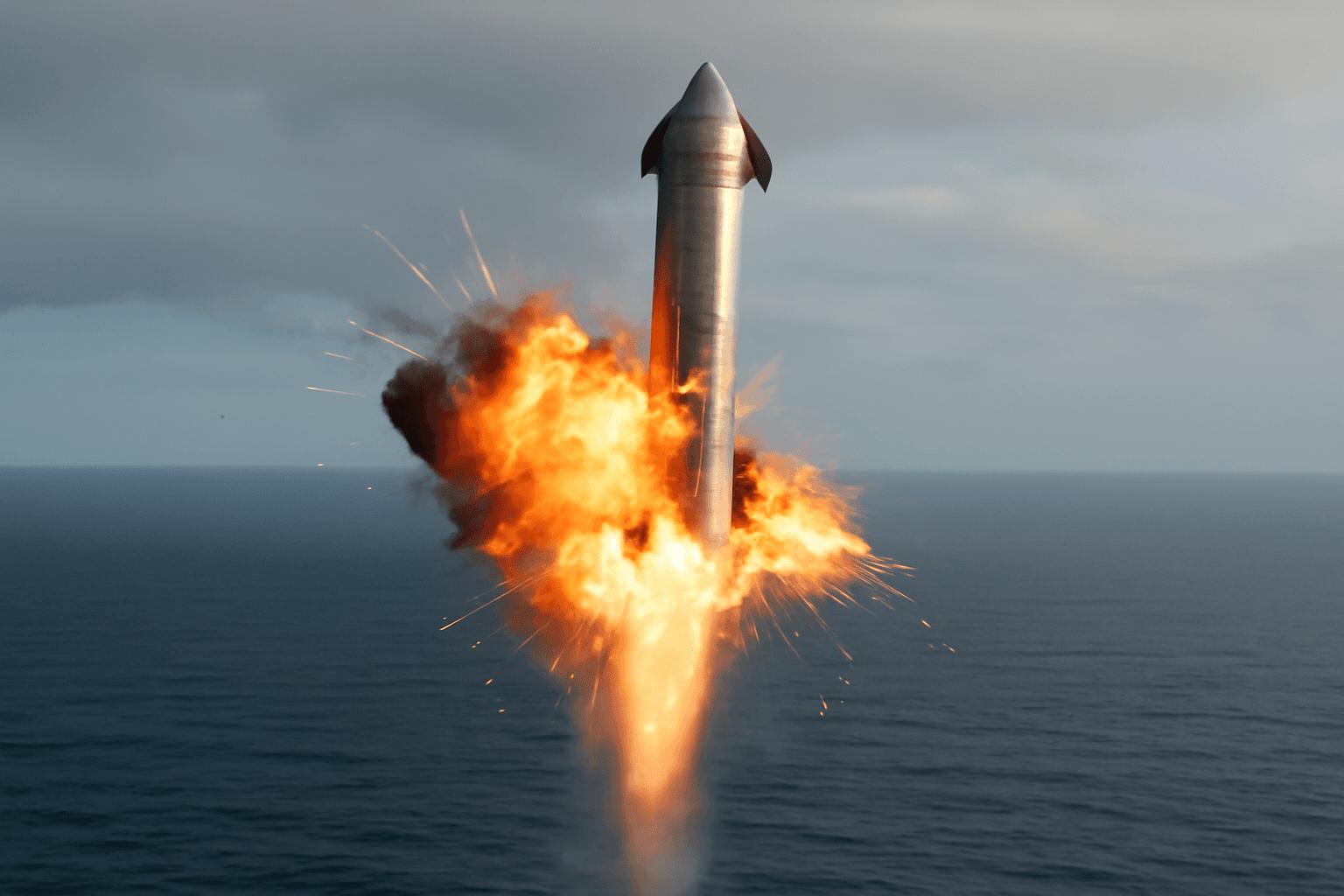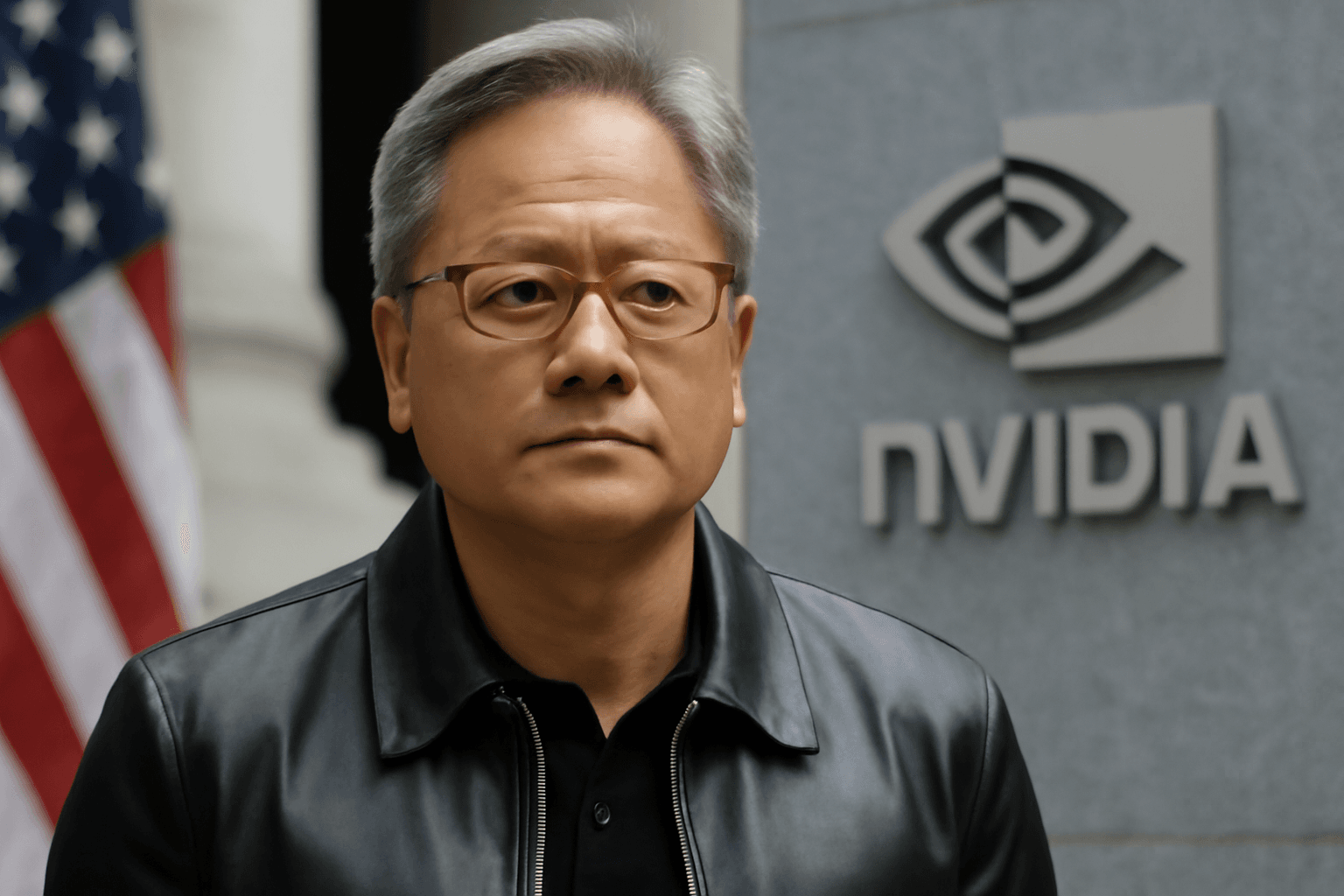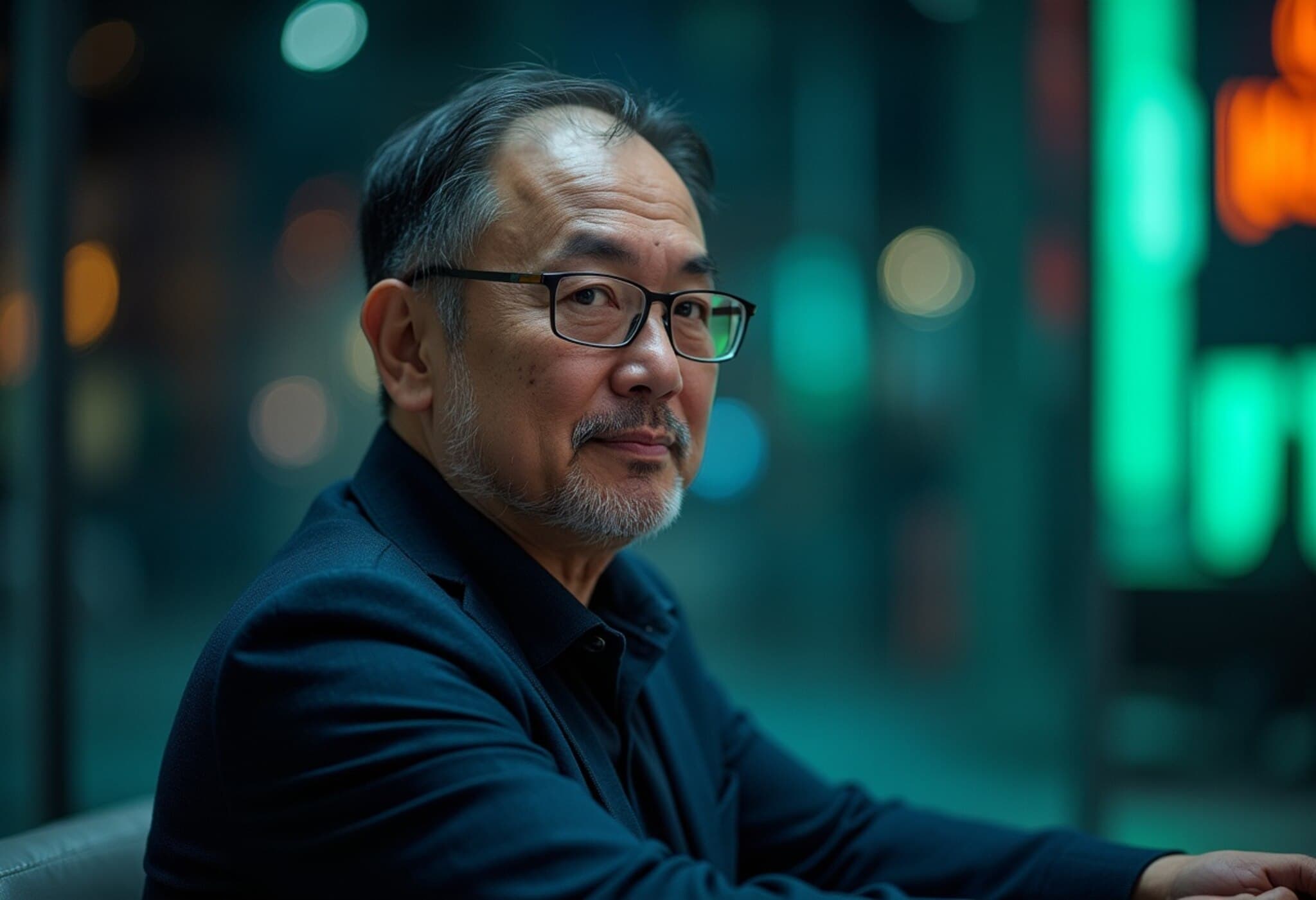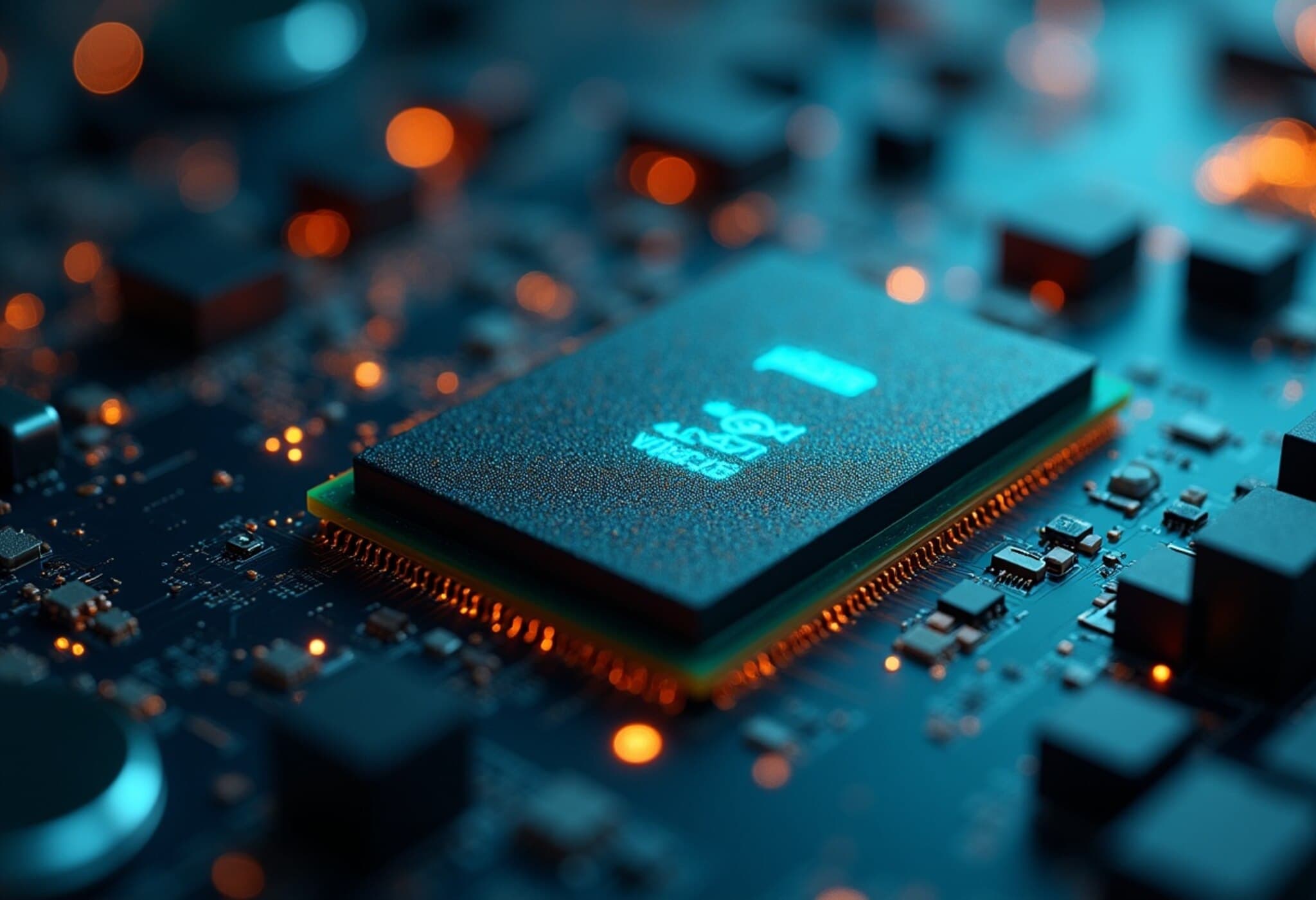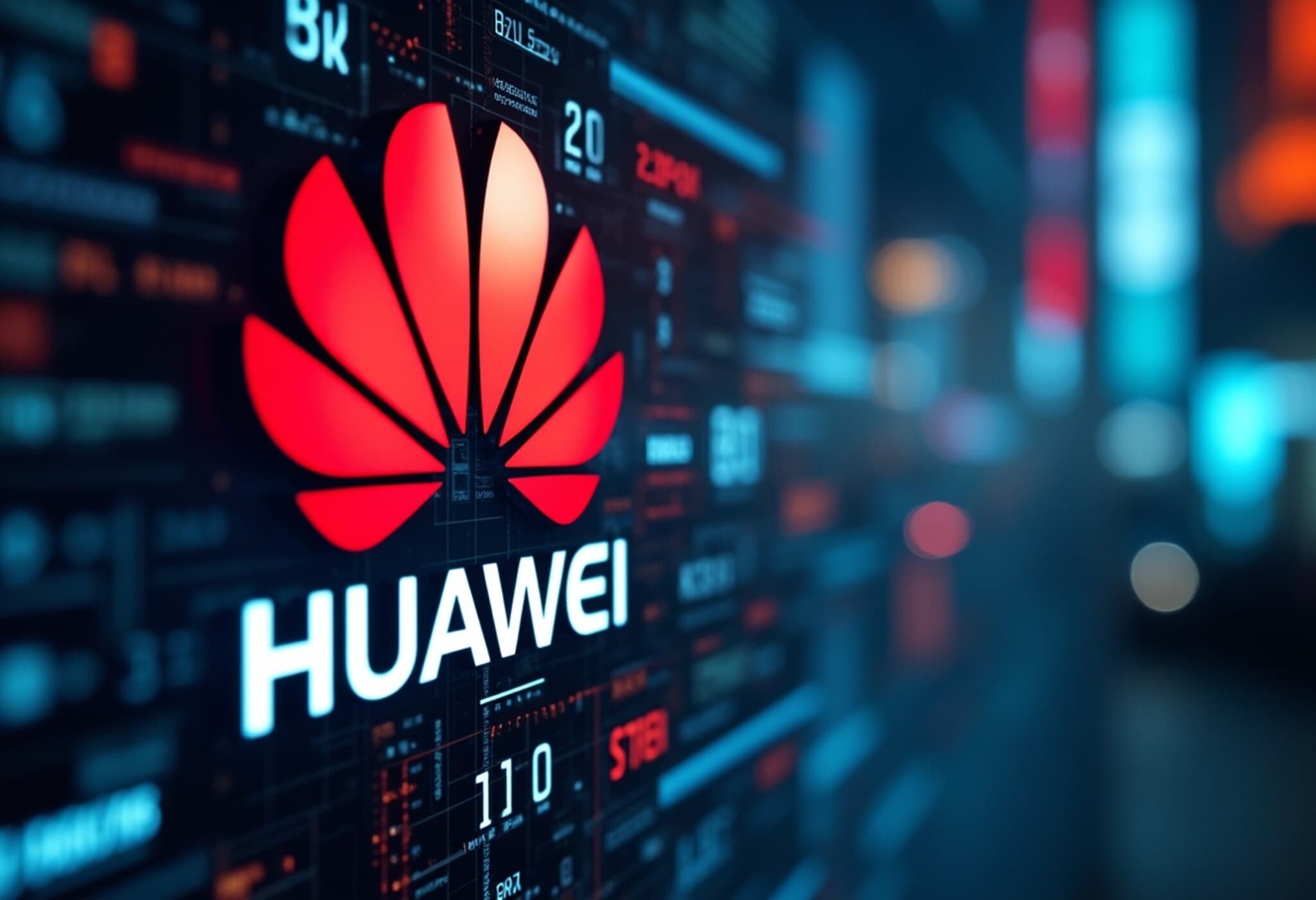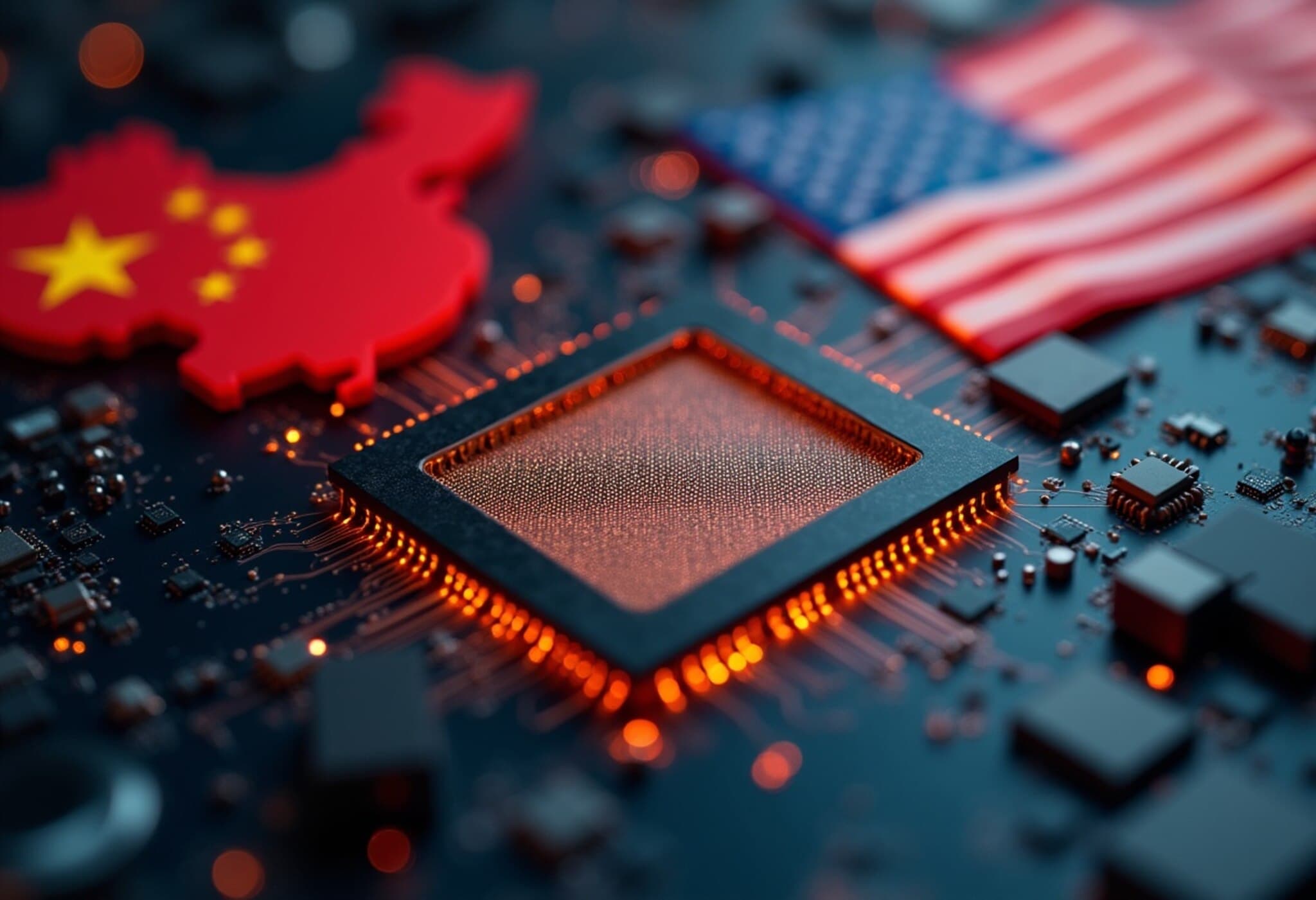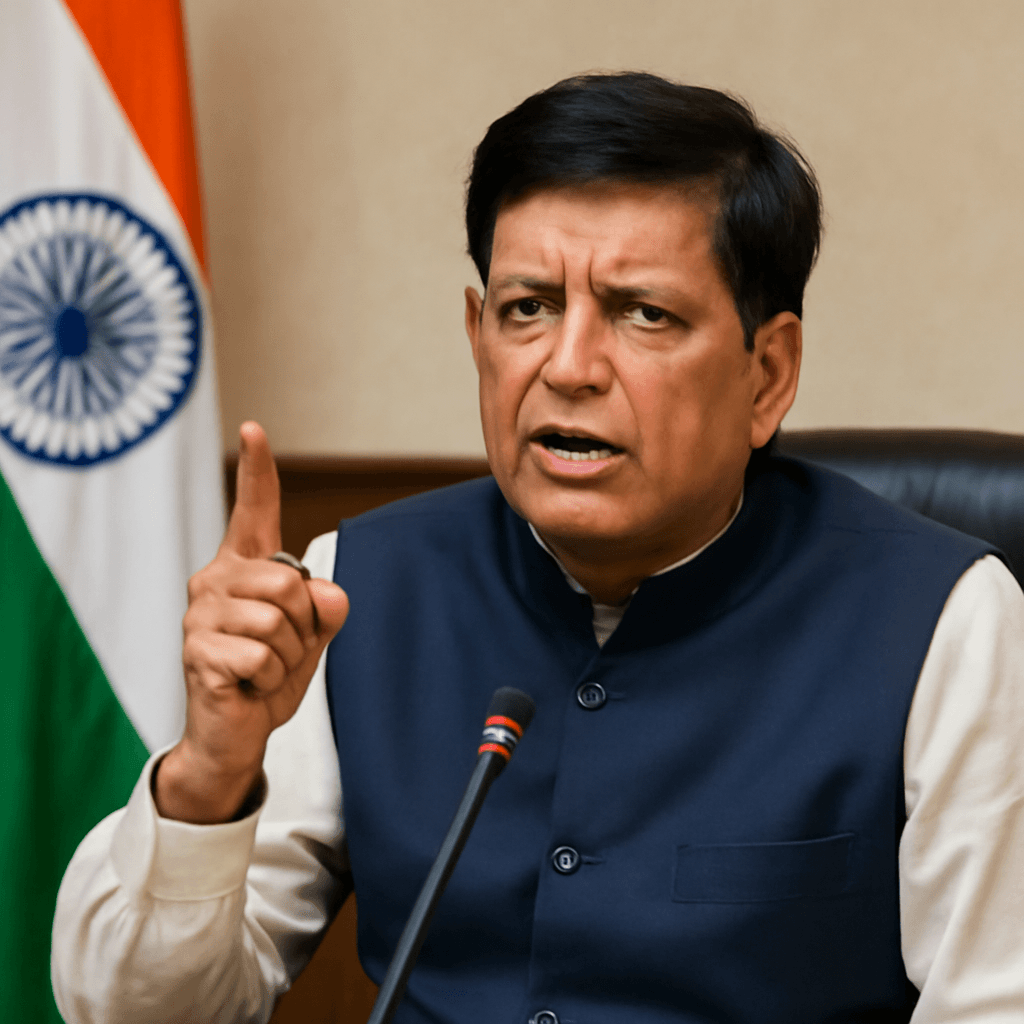Huawei’s Chip Development: One Generation Behind but Innovating
Huawei Technologies acknowledges that its semiconductor chips lag about one generation behind U.S. competitors. However, the company is actively exploring innovative solutions to boost performance, CEO Ren Zhengfei revealed in a recent interview. One key approach Huawei is focusing on is cluster computing, which involves linking multiple chips to operate in tandem.
Significant Investment in Research and Compound Chip Potential
Huawei commits 180 billion yuan (approximately $25 billion) annually to research and development. Ren emphasized belief in the future of compound chips—semiconductors constructed from multiple elements working together—which could provide new pathways to outperform traditional single-chip architectures.
Addressing U.S. Export Restrictions Confidently
Amid ongoing U.S. export controls aimed at limiting China’s access to advanced chip-making technology, Ren assured that there is "no need to worry about the chip problem." These restrictions, enacted since 2019, have constrained Chinese firms like Huawei from obtaining cutting-edge chips and equipment from abroad. Despite this, Huawei continues to make strides by supplementing conventional chip physics with advanced mathematics and leveraging software innovations.
Balancing Limitations with Innovation
Ren was candid about Huawei’s position: the company’s current chips remain behind U.S. technology by about a generation. Yet, by integrating cluster computing and leveraging mathematical techniques beyond the traditional Moore’s Law progressions, Huawei aims to mitigate this gap. Importantly, Ren noted, software development is not a barrier to their progress.
Competitive AI Chips and Cluster Systems
Huawei’s Ascend series AI chips compete with other Chinese alternatives and global solutions. However, the U.S. has recently warned that utilizing Ascend chips could violate export controls. Despite Nvidia’s AI chips being more powerful overall, Washington’s restrictions barring Nvidia from selling its most advanced chips to China have allowed Huawei to gain significant traction domestically.
In April, Huawei unveiled the "AI CloudMatrix 384," a cluster system connecting 384 Ascend 910C chips for AI model training. Analysts suggest this system can outperform Nvidia’s GB200 NVL72 in certain aspects, signaling new capabilities for China’s AI infrastructure.
Focused Research Strategy for Breakthroughs
Ren revealed that about one-third of Huawei’s annual research budget goes toward fundamental theoretical study, with the rest allocated to product development. He stressed the importance of theory for achieving breakthroughs and catching up with advanced competitors.
Looking Ahead Amid Ongoing Trade Dialogue
This disclosure comes as high-level trade talks between U.S. and Chinese officials resume in London, where technology export restrictions remain a pivotal discussion point. Huawei’s transparent admission of its chip generation gap, paired with ambitious workarounds, provides a fresh perspective on China’s evolving semiconductor landscape.

